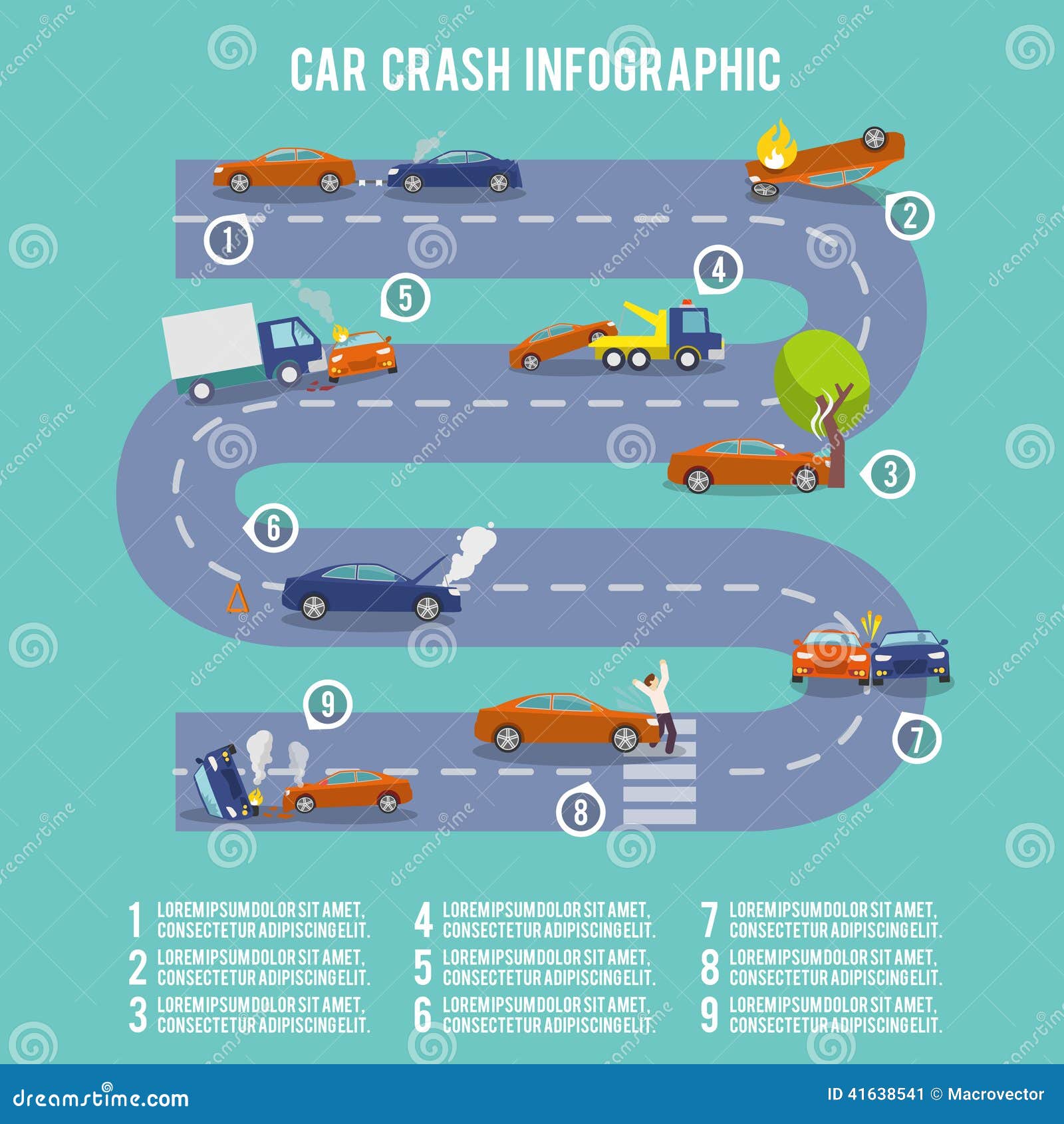Analyzing Your Car'S Alert Lights: Their Real Effects
Analyzing Your Car'S Alert Lights: Their Real Effects
Blog Article
Created By-Lim Dalgaard
When you're behind the wheel, those glowing warning lights on your control panel can be a bit puzzling. Do you understand what they're attempting to tell you regarding your vehicle's wellness? Understanding the value of these lights is essential for your safety and security and the longevity of your vehicle. So, the next time one of those lights appears, would not you want to decode its message properly and take the required actions to resolve it?
Common Caution Lighting and Interpretations
Identify typical warning lights in your car and comprehend their significances to ensure risk-free driving.
One of the most typical warning lights consist of the check engine light, which indicates concerns with the engine or emissions system. If this light comes on, it's critical to have your vehicle examined immediately.
The oil stress alerting light shows low oil stress, requiring prompt interest to stop engine damage.
A flashing battery light could suggest a malfunctioning charging system, possibly leaving you stranded if not dealt with.
The tire pressure tracking system (TPMS) light notifies you to reduced tire stress, impacting car stability and fuel efficiency. Disregarding this might cause hazardous driving conditions.
The abdominal muscle light shows a trouble with the anti-lock braking system, jeopardizing your capacity to stop rapidly in emergencies.
Finally, the coolant temperature level advising light warns of engine overheating, which can result in serious damage otherwise fixed swiftly.
Recognizing these common warning lights will certainly aid you attend to issues promptly and keep safe driving conditions.
Importance of Prompt Interest
Recognizing the typical warning lights in your car is just the very first step; the value of without delay dealing with these cautions can't be emphasized enough to guarantee your safety and security on the road.
When a caution light illuminates on your control panel, it's your car's way of communicating a potential issue that needs focus. Neglecting these warnings can bring about more extreme problems later on, compromising your safety and potentially costing you much more in repairs.
Motivate focus to alerting lights can prevent malfunctions and accidents. For instance, a blinking check engine light might show a misfire that, if left neglected, can trigger damages to the catalytic converter. Addressing https://www.berkeleyside.org/2022/04/15/far-few-worthy-self-care-studio-spa-precision-peoples-car-repair without delay can save you from a pricey repair.
In a similar way, a brake system alerting light may signal reduced brake liquid or used brake pads, critical elements for your safety when driving.
Do It Yourself Troubleshooting Tips
If you see a caution light on your control panel, there are a few DIY repairing suggestions you can try prior to seeking specialist assistance.
https://cheap-oil-change-near-me16160.blogrenanda.com/37278113/intrigued-in-the-extensive-misconceptions-associated-with-vehicle-outlining-explore-the-facts-behind-these-ideas-and-find-out-just-how-professional-outlining-can-be-advantageous-for-all-automobile-proprietors is to consult your cars and truck's guidebook to recognize what the details warning light shows. In some cases the problem can be as straightforward as a loosened gas cap activating the check engine light. Tightening the gas cap may deal with the issue.
One more usual concern is a low battery, which can activate various cautioning lights. Inspecting the battery connections for rust and ensuring they're safe may repair the trouble.
If a warning light lingers, you can try resetting it by disconnecting the auto's battery for a few mins and then reconnecting it. Additionally, examining your lorry's fluid levels, such as oil, coolant, and brake liquid, can assist troubleshoot advising lights related to these systems.
Verdict
In conclusion, recognizing your automobile's warning lights is vital for keeping your lorry running efficiently and safely. By quickly dealing with these alerts and knowing what they suggest, you can avoid costly repair work and possible breakdowns.
Bear in mind to consult your automobile's guidebook for particular details on each cautioning light and act as necessary to ensure a hassle-free driving experience.
Keep educated, remain safe on the road!
